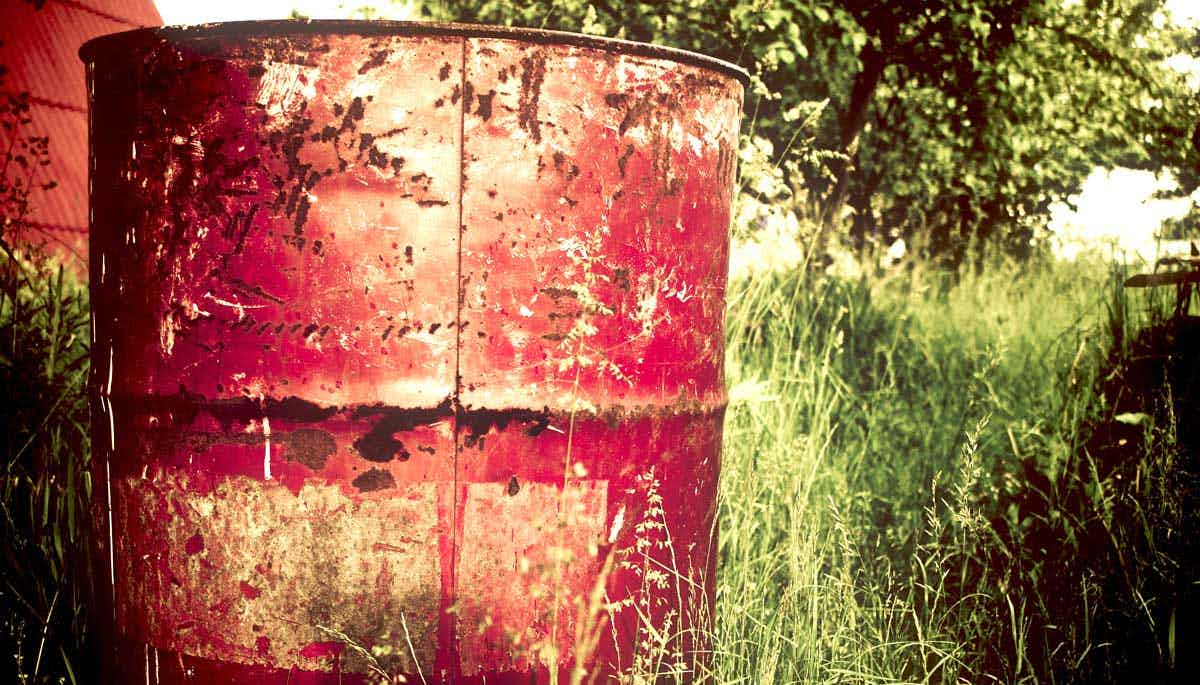
In the previous episode of Ruby Magic we talked about why we need Garbage Collection (GC) and how it works in general. In this post we'll dive a bit deeper into how this is implemented in Ruby.
Different Ruby implementations
There are a number of implementations of Ruby. Three popular ones are: MRI (Matz's Ruby Interpreter), Rubinius and JRuby. Different Ruby implementations use different methods of GC. In this article we'll focus on MRI, which is what most Ruby developers use.
Ruby's heap
A computer has two types of memory: Stack and Heap. The stack is very fast and is local to the context of a function call. This means that every variable that is declared in the stack is immediately freed once the function is done. The stack is very limited in size, so you cannot store larger objects that contain an image or file's data, for example.
This is a bad fit for storing Ruby objects. These objects very often stick around for longer than a method call. Also, it's almost impossible to predict whether an object will be too big for the stack.
Therefore Ruby uses the other type of memory: the heap. On the heap a program can claim some memory and is then responsible for cleanup once it's done with that memory. Ruby uses this by claiming a single slab of memory to use to store Ruby objects. This is referred to as Ruby's heap.
| Stack and Heap summary | |
|---|---|
| Stack memory | Very fast Used memory is freed automatically when the function call ends Very limited in size |
| Heap memory | Slightly slower than stack No automatic cleanup Size is only limited by the available memory of the computer |
So Ruby objects are always allocated on Ruby's heap. If they're smaller than 40 bytes their content can be directly embedded in the object. Otherwise the object points to a separate segment of memory on Ruby's heap. So your Ruby object is often stored in two completely different locations in memory. Once Ruby's heap is full it will create a new heap, which is used for new objects.
Mark and Sweep
MRI uses a GC algorithm called Mark and Sweep. This operates by first doing a mark phase. In the mark phase the Garbage Collector scans all currently existing objects and sets a marked flag on every object it believes can be cleaned up.
The mark phase halts the execution of your code. The reason for this is that the Garbage Collector has to understand all the relationships between objects that exist. If the program would be running during the mark process things might change in the meantime and the Garbage Collector wouldn't be sure what the current state of an object is.
Secondly the sweep phase starts. This runs in the background on Ruby 1.9 and up. The Garbage Collector quietly frees every object that was marked in the mark phase. The memory is only available again after the sweep.
Since the mark phase halts the execution of your code, this is where problems in production can occur. The sweep phase is relatively benign.
| Mark and Sweep summary | |
|---|---|
| Mark phase | Scans existing objects Sets mark flag if object can be cleaned Halts code execution |
| Sweep phase | Runs in the background Cleans up marked objects Memory available again after sweep is competed |
Major and minor GC runs
In Ruby 2.1+ the Garbage Collector does major and minor runs. It keeps track of which objects are new. If an object survives a few GC runs it's marked as old. Old objects are then ignored in minor runs. This makes the minor runs much less intrusive since the Garbage Collector only has to scan objects that have just been allocated.
This is useful because often a part of your memory should never be cleaned up. When you boot up Rails it loads the entire Rails framework into memory. That will stay there for the entire lifetime, so it would be a waste of resources to check all these objects every time.
| Major and minor runs | |
|---|---|
| Major run | Runs less often More intensive to run |
| Minor run | Ignores old objects Runs more often Less intrusive to run |
For those who want to dive deeper
We learned a lot about this from Aman Gupta's great blog. Check that out if you want a deeper dive into this subject.
Up next: Practical Garbage Collection tuning
There are a number of metrics you can measure and configuration changes you can make to tune how the Garbage Collector operates. In the next installment of this GC series we will discuss these metrics and configuration parameters.


